Off-road vehicles have come a long way, thanks to innovations that have transformed their capabilities. From advanced suspension systems to high-tech navigation tools, these breakthroughs have made exploring rugged terrains safer and more exciting. In this article, we’ll look at 16 key innovations that have pushed the boundaries of what off-road vehicles can do.
Contents
Four-Wheel Drive (4WD)

Four-wheel drive (4WD) has fundamentally transformed off-road capabilities by distributing power to all four wheels simultaneously. This system enhances traction on rough, uneven surfaces, making it possible to navigate through challenging conditions like mud, sand, and snow. Depending on the design, 4WD can be either part-time or full-time, giving drivers greater control over the vehicle’s performance. As a result, 4WD has become an essential feature for any serious off-road vehicle.
Differential Locking

Differential locking is an essential innovation for off-roaders, as it ensures equal power distribution to the wheels even when one loses traction. This feature is particularly useful in extreme off-road conditions, such as rock crawling or deep mud, where maintaining momentum is crucial. By preventing one wheel from spinning uselessly while the other remains stationary, differential locks enable the vehicle to move forward.
Independent Suspension
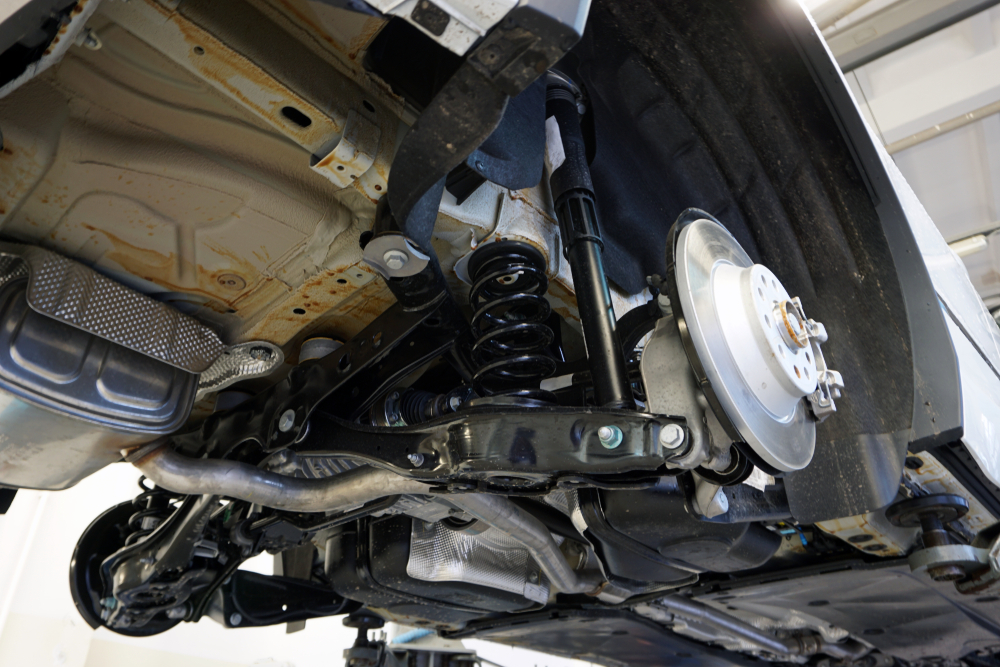
The development of independent suspension systems has significantly improved the off-road driving experience by allowing each wheel to move independently. This capability enhances both comfort and handling, particularly on rough terrain, as the suspension absorbs impacts without unsettling the entire vehicle. By improving wheel articulation, independent suspension helps maintain better contact with the ground, which leads to improved traction and stability.
All-Terrain Tires
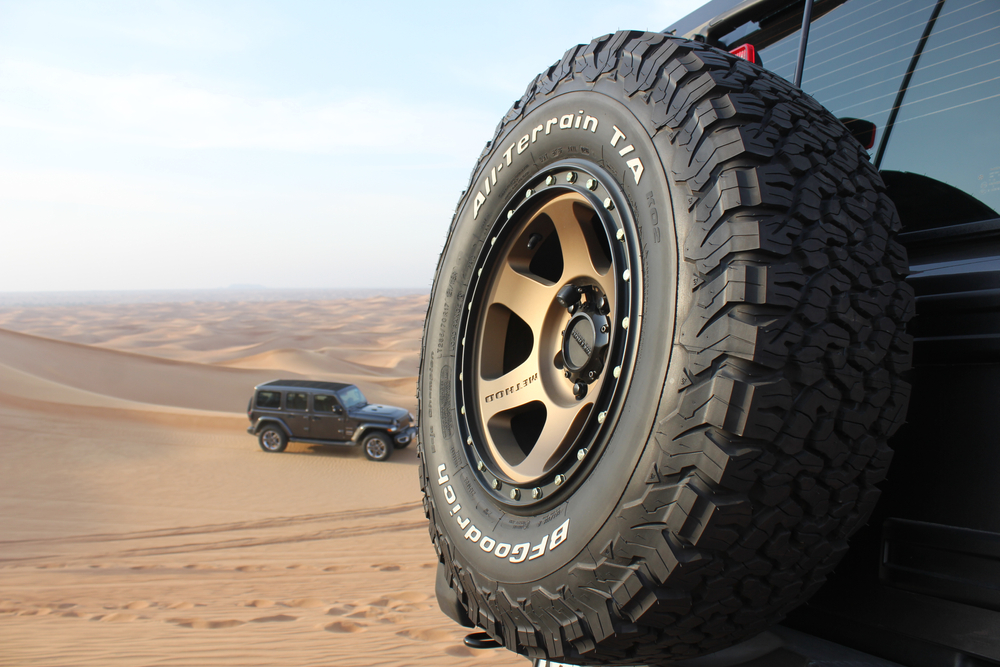
All-terrain tires are designed to meet the diverse and demanding conditions encountered off-road. These tires feature reinforced sidewalls, aggressive tread patterns, and durable rubber compounds, all of which contribute to superior grip on loose surfaces like gravel, sand, and mud. The advent of all-terrain tires has expanded the capabilities of off-road vehicles, enabling them to perform reliably across various environments.
Hill Descent Control
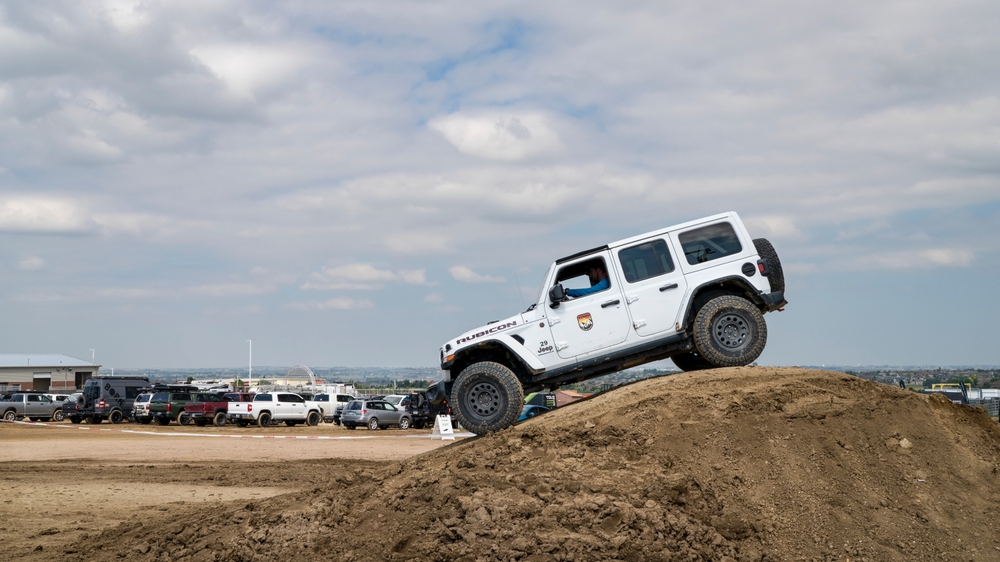
Hill Descent Control (HDC) is a technological advancement that provides drivers with a controlled and steady speed while descending steep slopes. This system automatically applies the brakes to individual wheels as needed, preventing the vehicle from accelerating uncontrollably. HDC is particularly valuable on loose or slippery surfaces where traditional braking methods might cause skidding.
Skid Plates
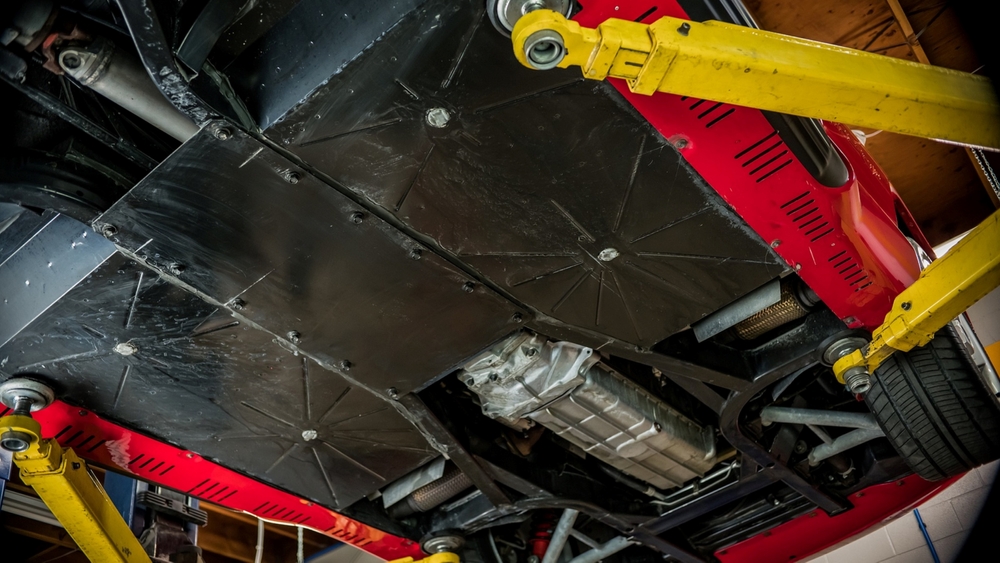
Skid plates, made of heavy-duty steel or aluminum, serve as protective barriers for an off-road vehicle’s undercarriage. These plates safeguard critical components such as the engine, transmission, and fuel tank from damage when driving over rocky or uneven terrain. By allowing off-road enthusiasts to tackle more challenging trails without fear of damaging their vehicles, skid plates have become an indispensable feature.
Winch Systems
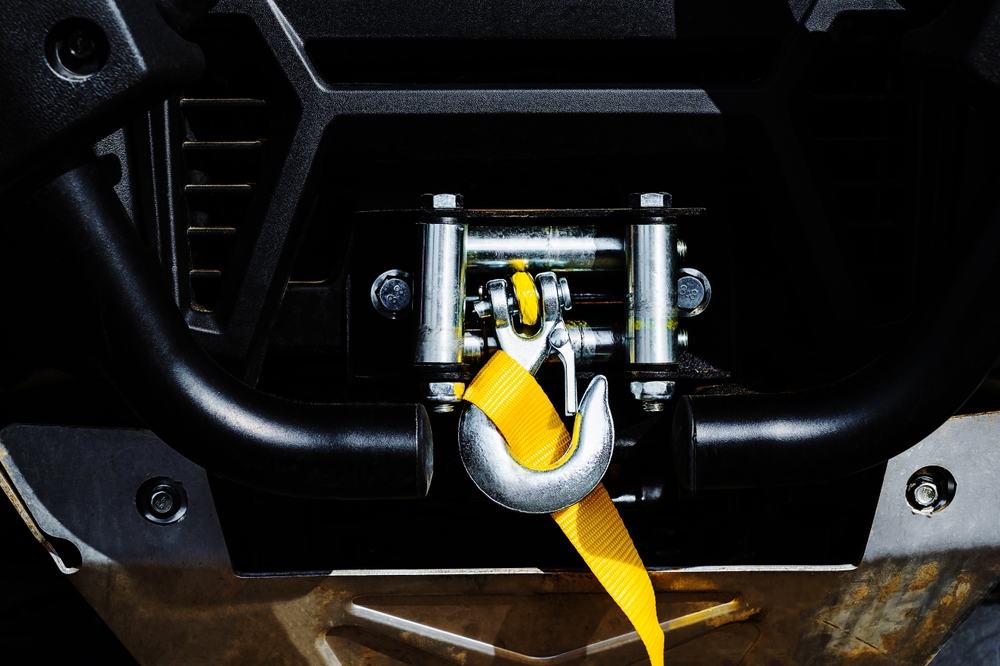
A winch system is an essential tool for off-road recovery, providing a reliable means of self-extraction when a vehicle becomes stuck. Mounted on the front or rear of the vehicle, a winch uses a motor and cable to pull the vehicle out of challenging situations like mud, sand, or obstacles. Modern winches are equipped with remote controls and synthetic cables, which are both lighter and stronger than traditional steel versions. This innovation has significantly increased the safety and independence of off-road enthusiasts.
Traction Control Systems
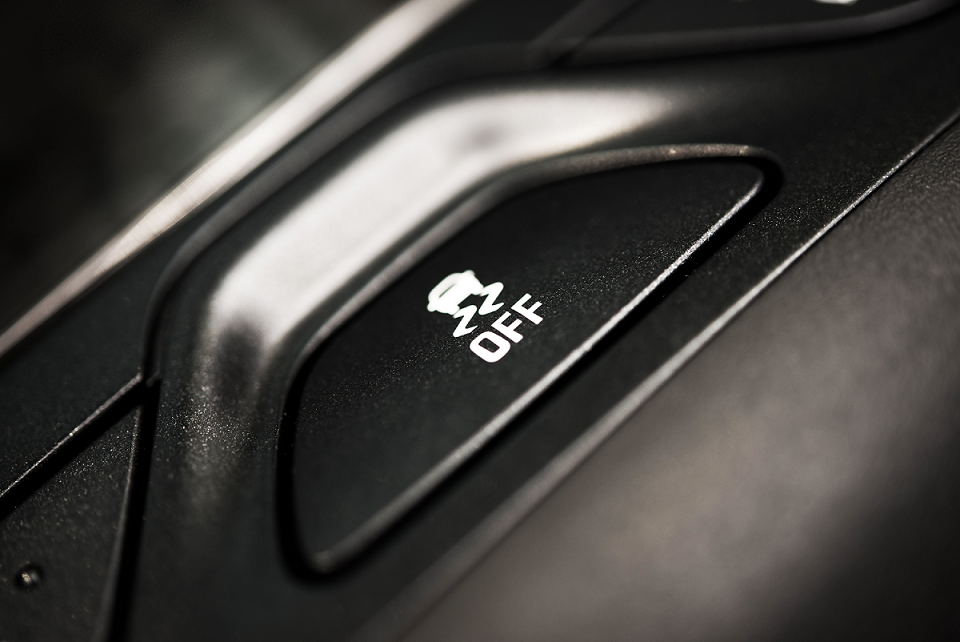
Traction Control Systems (TCS) are designed to maintain vehicle grip on slippery or uneven terrain by monitoring wheel speed and adjusting brake pressure or engine power. This technology prevents wheel spin, ensuring that the vehicle maintains forward momentum even in challenging conditions such as ice, snow, or loose gravel. TCS is a standard feature in many modern off-road vehicles, enhancing safety and performance in situations where traction is limited.
High-Performance Shock Absorbers
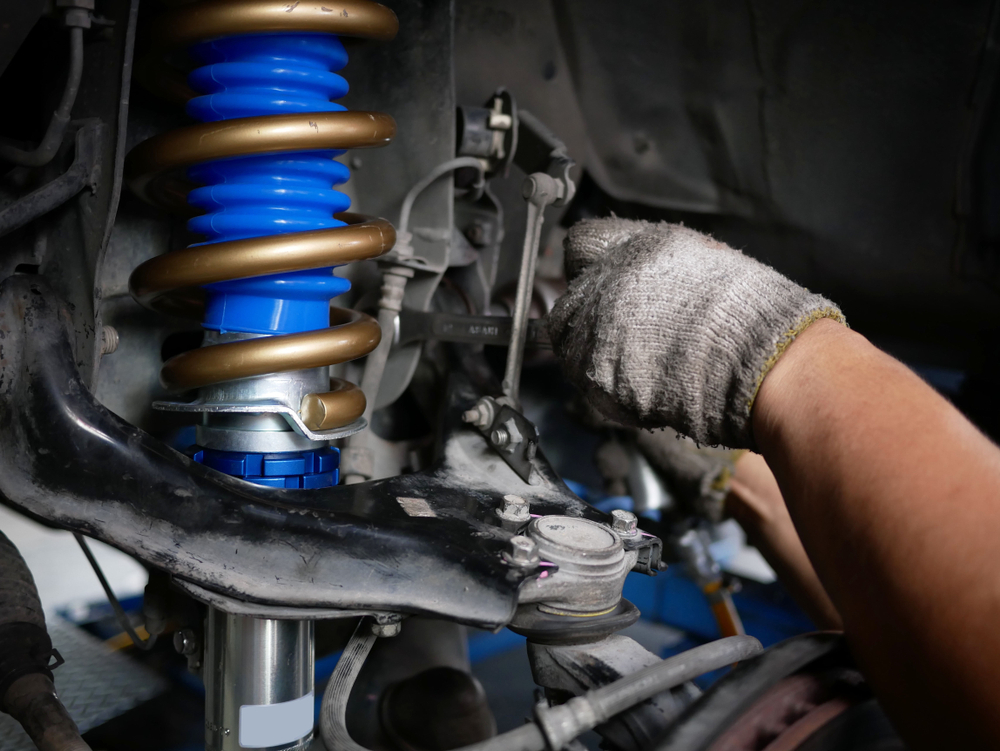
High-performance shock absorbers are designed to enhance stability and comfort during off-road excursions. These shocks are specifically engineered to handle the demands of rough terrain, absorbing impacts from rocks, bumps, and dips more effectively than standard shocks. By maintaining better tire contact with the ground, these shocks improve vehicle control and reduce driver fatigue.
Articulating Suspension

Articulating suspension systems have been a game-changer in off-road vehicle design, allowing for extreme wheel articulation. This innovation ensures that the vehicle’s wheels maintain contact with the ground, even on highly uneven terrain, improving both traction and stability. In challenging off-road activities such as rock crawling, articulating suspension is particularly beneficial.
High Ground Clearance
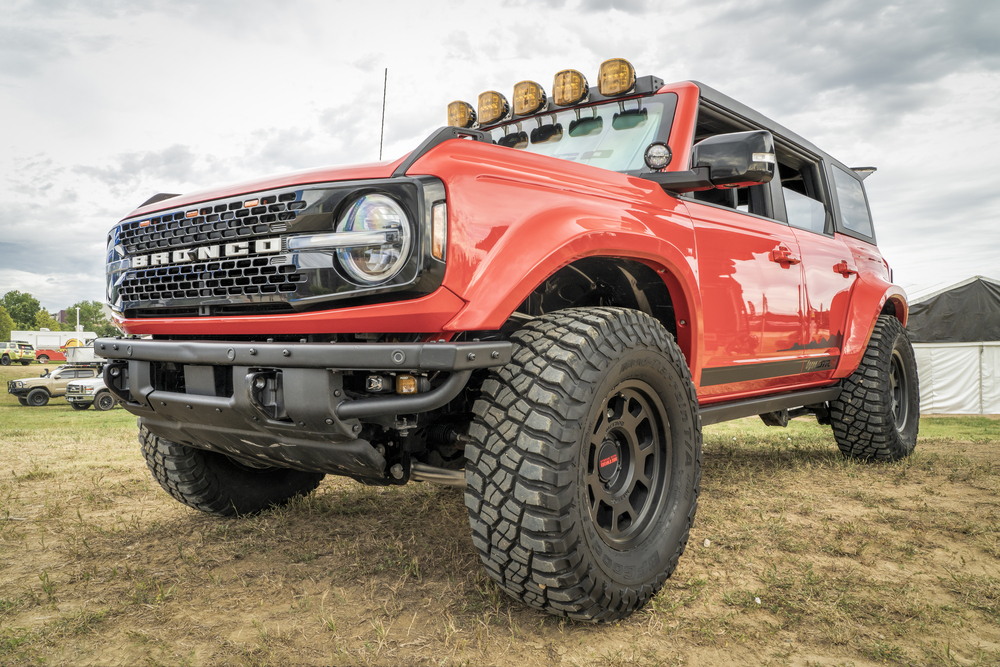
High ground clearance is a key design feature that enables off-road vehicles to navigate obstacles such as rocks, logs, and uneven terrain without damaging the undercarriage. Achieved through taller suspensions and larger tires, this feature allows vehicles to traverse more challenging environments. High ground clearance is essential for off-road performance, as it minimizes the risk of getting stuck or bottoming out. It is a critical factor in the design of any serious off-road vehicle.
Off-Road Navigation Systems
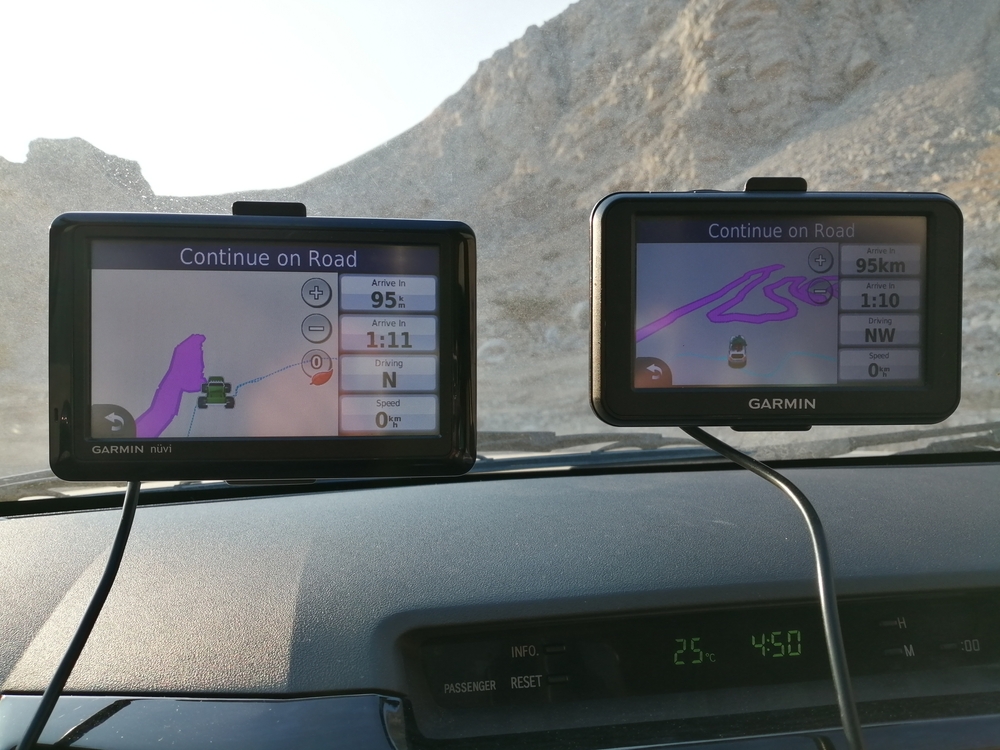
Off-road navigation systems are specialized GPS units designed to help drivers navigate remote and unmarked trails. These systems provide detailed topographical maps, trail information, and waypoint tracking, enabling off-roaders to explore unfamiliar areas with greater confidence. Some advanced systems also offer real-time data on terrain conditions and vehicle status, making navigation even more reliable.
Portal Axles
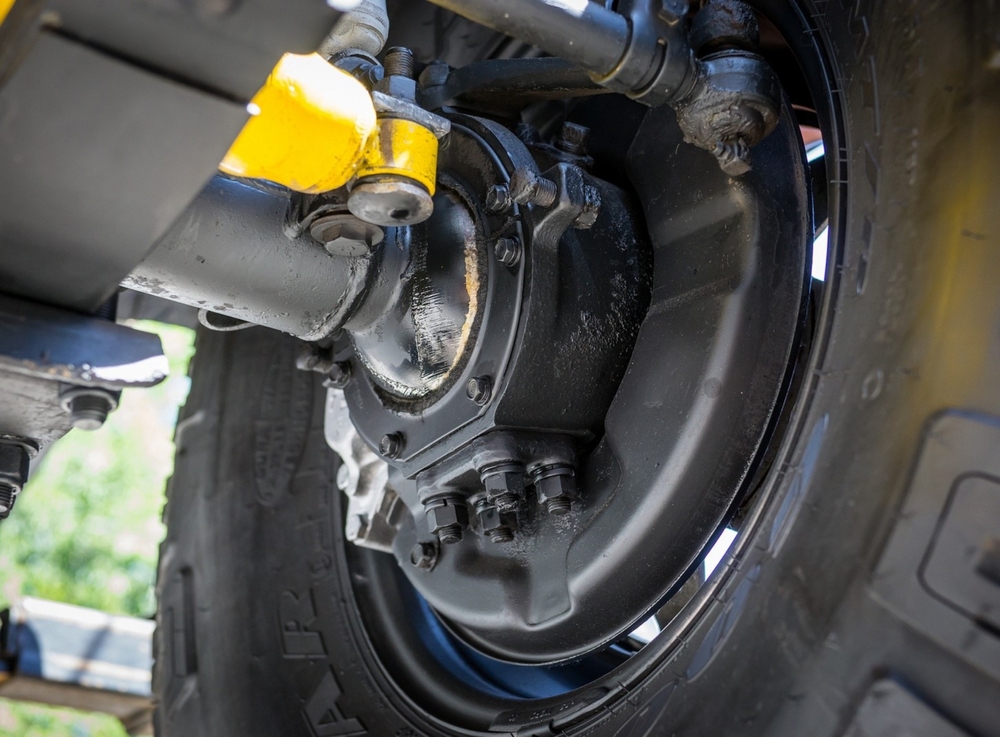
Portal axles represent an advanced axle design that increases ground clearance without raising the vehicle’s overall height. By positioning the axle above the centerline of the wheel, portal axles provide better clearance over obstacles while maintaining a lower center of gravity. This innovation is especially advantageous in rock crawling and deep mud conditions, where additional clearance is crucial.
Beadlock Wheels
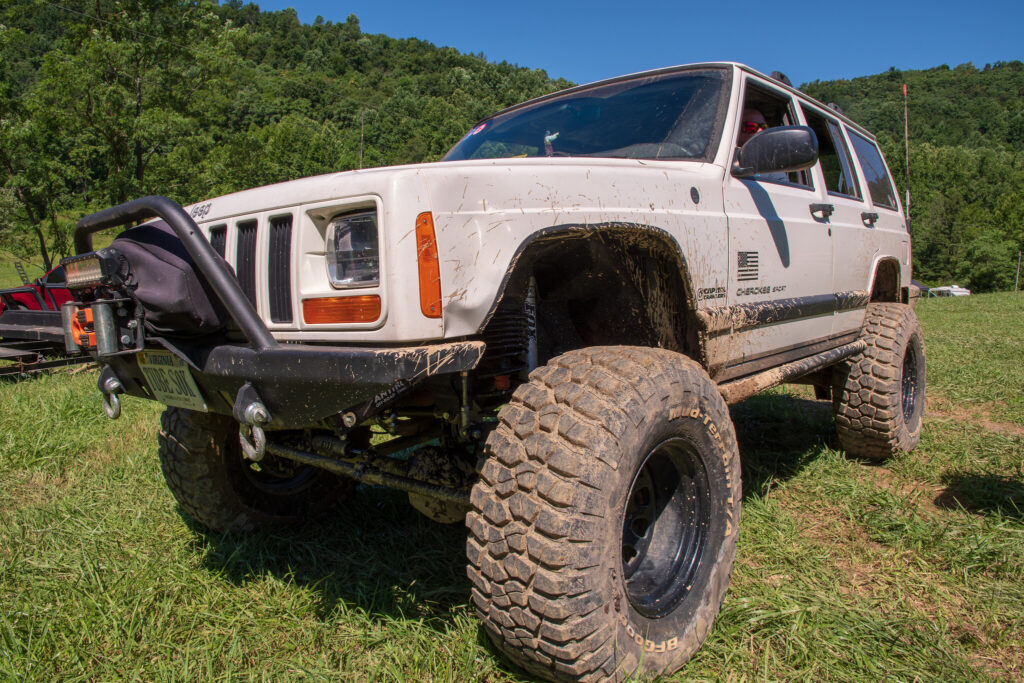
Beadlock wheels are engineered to prevent tire beads from separating from the wheel rim during low-pressure off-road driving. This feature is essential for off-road vehicles that require lower tire pressures to improve traction on loose surfaces. By using a locking ring to secure the tire bead in place, beadlock wheels ensure that the tire remains attached to the wheel even in extreme conditions.
Adjustable Air Suspension
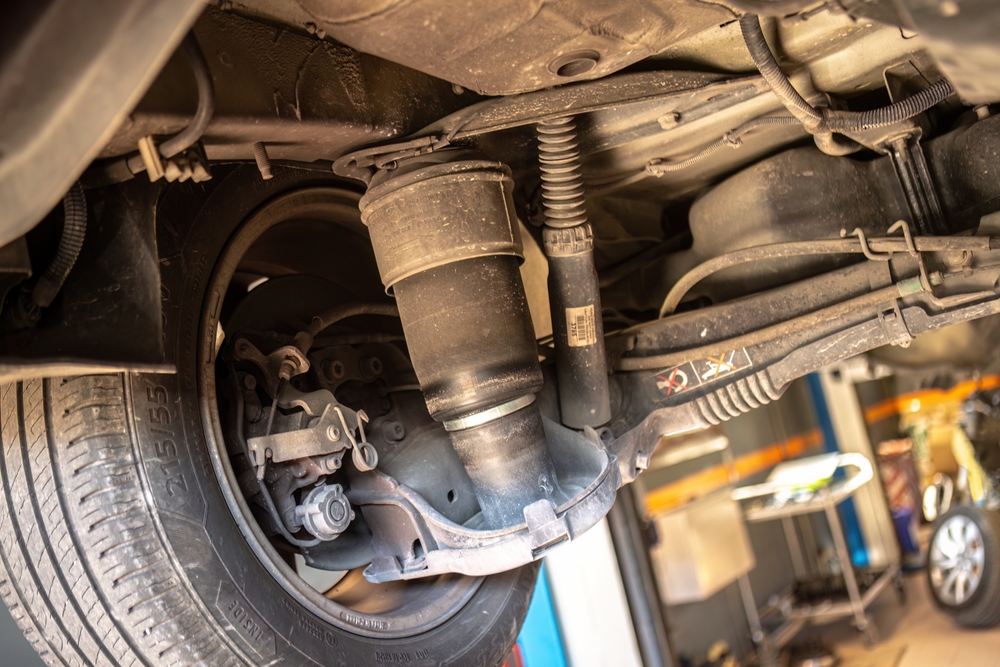
Adjustable air suspension systems allow drivers to change the ride height of their off-road vehicles at the touch of a button. This flexibility enables vehicles to increase ground clearance when navigating rough terrain or lower the suspension for better stability on flat surfaces. Additionally, air suspension improves ride comfort by automatically adjusting to varying terrain conditions. This technology, increasingly common in high-end off-road vehicles, provides a blend of luxury and off-road capability.
Advanced Lighting Systems

Advanced lighting systems, including LED bars, fog lights, and spotlights, have greatly improved the safety and functionality of off-road vehicles in low-visibility conditions. These systems offer brighter, more focused illumination, enabling drivers to navigate dense forests, fog, or nighttime trails with confidence. Modern lighting systems are also more energy-efficient and durable, designed to withstand the harsh conditions encountered in off-road environments.
This article originally appeared on MyCarMakesNoise.
More from MyCarMakesNoise
20 Record-Breaking American Cars Built for Speed

American cars have a legacy of incredible speed and performance. In this article, we explore some of the fastest American cars ever built. From the record-breaking Hennessey Venom F5 and SSC Tuatara to iconic muscle cars like the Dodge Challenger SRT Demon and Chevrolet Corvette ZR1, these cars showcase the best of American engineering and design. Read More.
13 Expensive Car Repairs You Should Be Prepared For
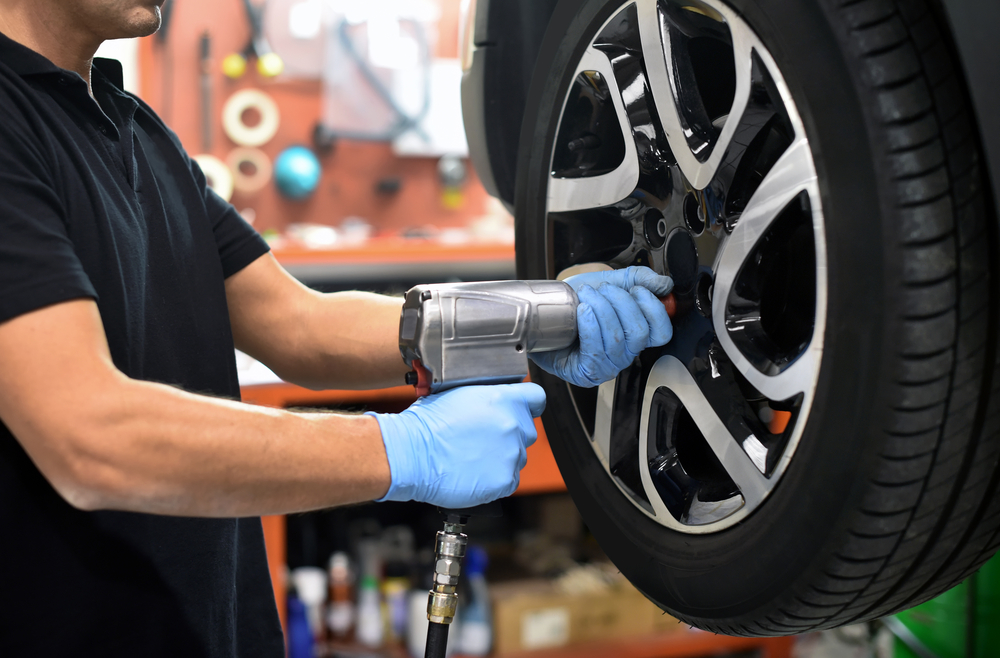
Unexpected car repairs can put a significant dent in your budget, but being financially prepared can help you navigate these surprises with ease. Here, we’ll explore the most common emergency car repairs you might face and break down the costs involved. Read More.
15 Unique Prototype Aircraft That Never Took Off Commercially
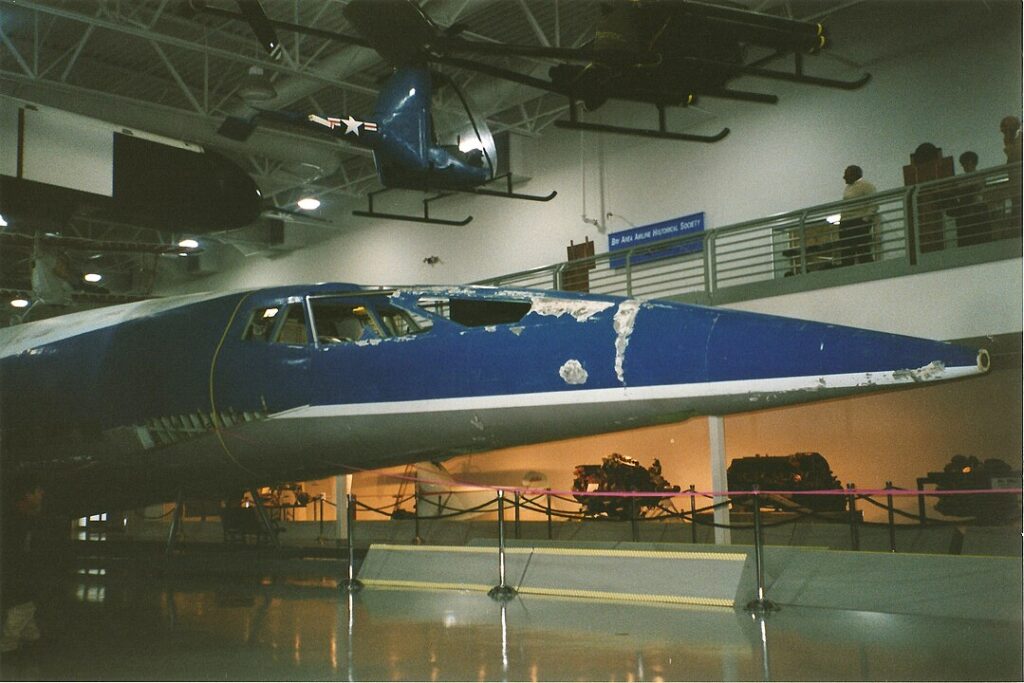
Aviation history is filled with remarkable innovations and daring designs, but not all aircraft made it past the prototype stage. Some were groundbreaking, while others were just too ahead of their time. Read More.














